Advancements in Surgical Techniques
Innovations in surgical techniques for treating hydrocephalus are significantly influencing the hydrocephalus market. Minimally invasive procedures, such as endoscopic third ventriculostomy, have gained traction, offering patients reduced recovery times and lower complication rates. The introduction of advanced imaging technologies, such as MRI and CT scans, enhances surgical precision, leading to better patient outcomes. As these techniques become more widely adopted, the demand for specialized surgical instruments and devices is expected to rise. This trend not only benefits patients but also stimulates growth within the hydrocephalus market, as healthcare providers seek to implement the latest advancements in their treatment protocols.
Increasing Incidence of Hydrocephalus
The rising incidence of hydrocephalus in South Korea is a critical driver for the hydrocephalus market. Recent studies indicate that congenital hydrocephalus affects approximately 1 in 1,000 live births, leading to a growing patient population requiring treatment. This increase in cases necessitates advancements in medical technologies and treatment options, thereby propelling market growth. Furthermore, the aging population in South Korea contributes to a higher prevalence of acquired hydrocephalus, particularly among older adults. As the population ages, the demand for effective management and treatment solutions in the hydrocephalus market is likely to escalate, creating opportunities for healthcare providers and manufacturers alike.
Growing Demand for Personalized Medicine
The shift towards personalized medicine is emerging as a significant driver in the hydrocephalus market. Tailoring treatment plans based on individual patient profiles, including genetic factors and specific disease characteristics, is becoming increasingly feasible. This approach not only enhances treatment efficacy but also minimizes adverse effects, leading to better patient satisfaction. As healthcare providers in South Korea adopt personalized strategies, the demand for specialized diagnostic tools and targeted therapies is expected to rise. This trend may lead to the development of new products and services within the hydrocephalus market, fostering innovation and improving overall patient outcomes.
Rising Investment in Healthcare Infrastructure
The South Korean government's commitment to enhancing healthcare infrastructure plays a pivotal role in the hydrocephalus market. Increased funding for hospitals and medical facilities facilitates the acquisition of advanced diagnostic and treatment technologies. This investment is crucial for improving patient care and outcomes in hydrocephalus management. According to recent reports, healthcare expenditure in South Korea is projected to reach approximately $200 billion by 2025, indicating a robust growth trajectory. As healthcare facilities upgrade their capabilities, the hydrocephalus market is likely to benefit from improved access to care and innovative treatment options, ultimately enhancing the quality of life for patients.
Enhanced Patient Support and Rehabilitation Services
The expansion of patient support and rehabilitation services is a vital driver for the hydrocephalus market. Comprehensive care models that include psychological support, physical therapy, and educational resources are becoming more prevalent in South Korea. These services are essential for improving the quality of life for patients and their families, addressing not only the medical aspects of hydrocephalus but also the emotional and social challenges. As awareness of the importance of holistic care grows, healthcare providers are likely to invest more in these services, thereby stimulating demand within the hydrocephalus market. This trend underscores the need for integrated care solutions that cater to the diverse needs of patients.


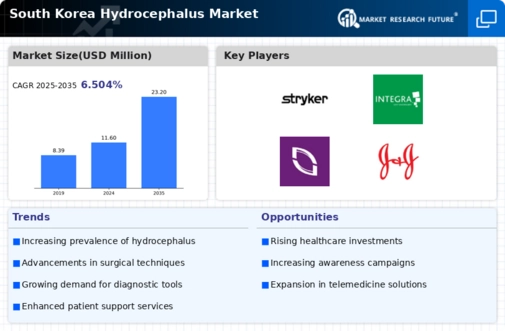
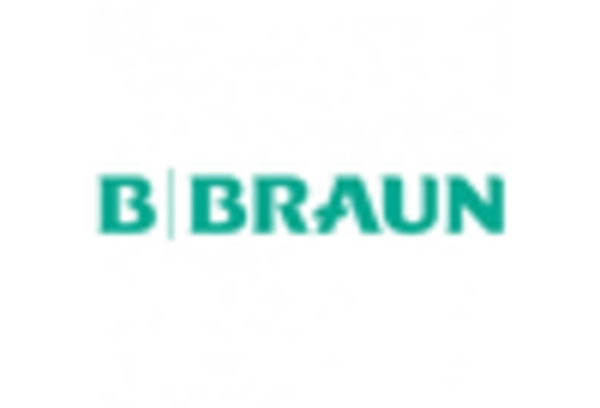
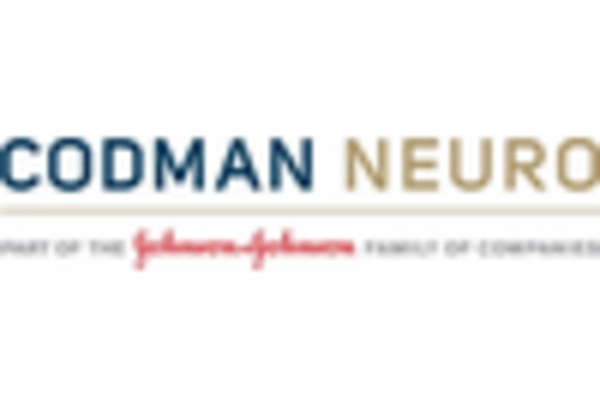
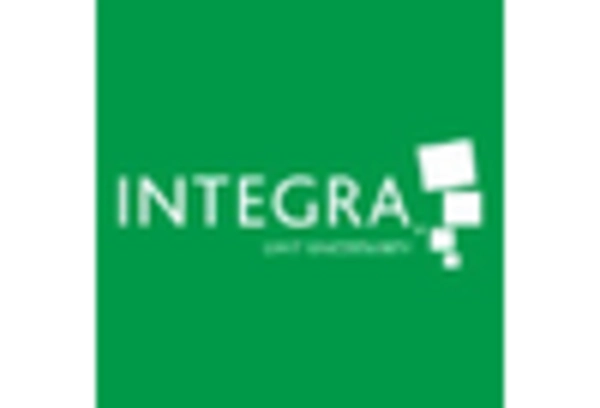
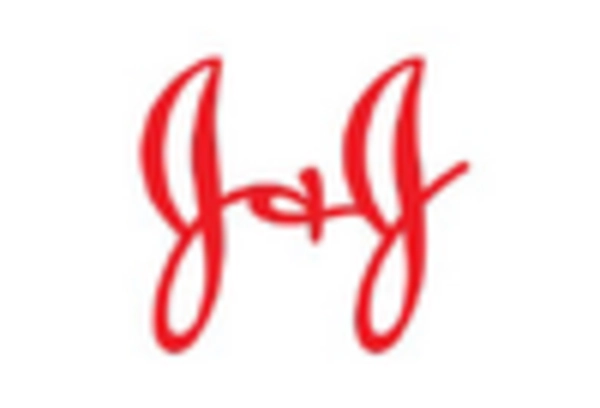
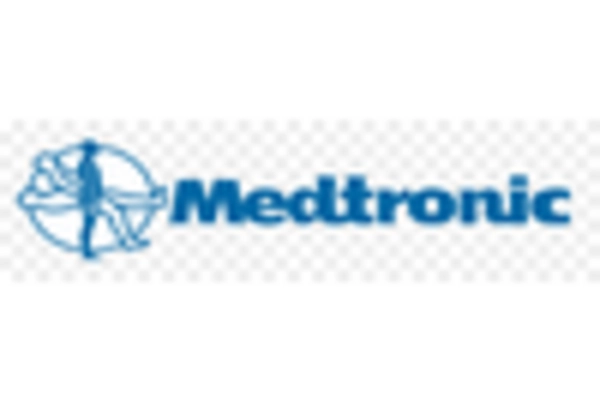
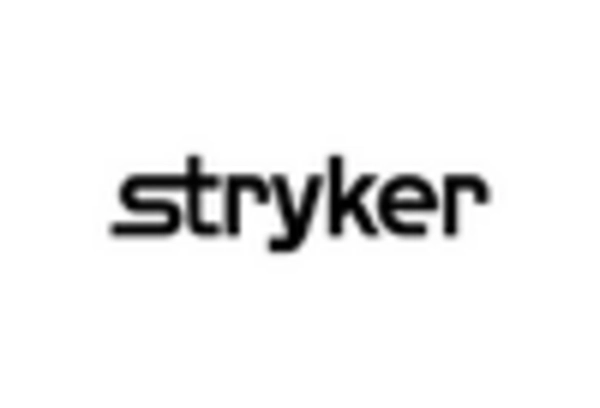








Leave a Comment